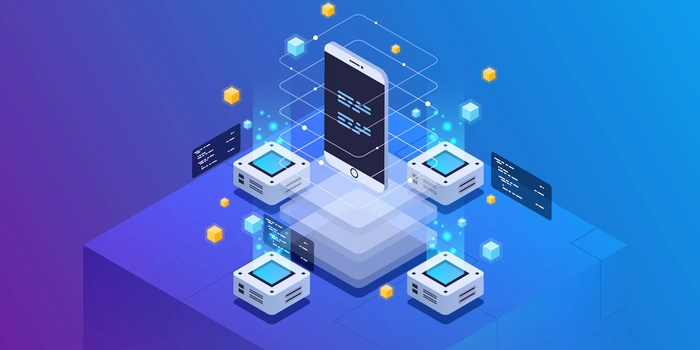These days, remote work takes all forms. Employees are working in transit, from home offices, and increasingly co-working spaces. Companies like WeWork, WorkBar, and Impact Hub have gone mainstream, with Staples and Office Depot now entering the market. But just like home offices, co-working spaces present their own unique challenges when it comes to securing your employees.
Here Are 3 Ways to Keep Your Employees Secure in Co-Working Spaces:
Secure Managed Wireless
Perhaps the biggest security threat to co-working space is unsecured wifi. The problem is so systemic, that WeWork made headlines in 2019 when it was revealed that thousands of user documents had been exposed. WeWork had been notified of their vulnerable WiFI back in 2015 but failed to take action. This compromised not just their customers, but their customers' collaborators - many of whom had never stepped inside a co-working space. Among the exposed records were financial reports, government-issued IDs, job applications, business contracts, bank information, etc. They also repeated passwords across locations and did not properly secure them in the WeWork application.
Rather than relying on potentially compromised public wifi, we provide our clients a managed wireless service that allows us to track anomalous behavior. Managed wireless is a more comprehensive solution than VPNs, which predate IaaS, and are offered via an existing firewall. Our managed wireless provides:
- High capacity connection, regardless of location
- Enterprise level security, including hardware / licensing
- Proactive 24/7 monitoring and support to minimize downtime
Device Management
Your company needs to take extra steps to secure any personal or issued endpoints that come into contact with a co-working network. If you don't have a revised Bring-Your-Own-Device (BYOD) policy, now is the time to create one. You'll want to set clear boundaries and expectations regarding device use, with security checks running in the background. A management system such as Microsoft Enterprise Mobility + Security makes it easy to do so. EMS provides a highly scalable single pane, based on five security components:
-
Identity and Access Management
-
Multi-factor authentication, single-sign-on, monitoring, and dynamic access policies
-
-
Information Protection
-
Azure and Office 365 Information Protection, Microsoft Cloud Application Security, and Windows 10
-
-
Threat Protection
-
Prioritize incident response and identify threats across domains
-
-
Microsoft Endpoint Manager
-
Integrated solutions such as Azure AD for ID management, desktop analytics, Windows AutoPilot for easy deployment, and InTune
-
-
Cloud Access Security
-
Centralized alert automation and recommendations for SaaS and PaaS environments
-
Physical Precautions
Don't overlook some of the simpler measures you can take to secure your info in a co-working space. Never leave your items unattended, and set automatic system log-outs after periods of inactivity. If necessary, book private rooms for teams and meetings. For more information about securing your remote employees, reach out to iCorps for a free consultation.






